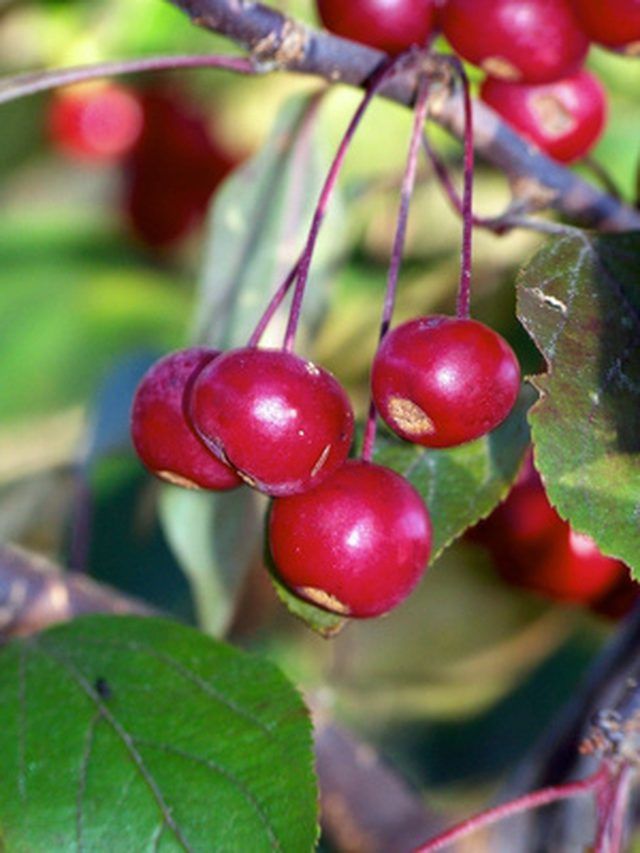Bulbs
Flower Basics
Flower Beds & Specialty Gardens
Flower Garden
Garden Furniture
Garden Gnomes
Garden Seeds
Garden Sheds
Garden Statues
Garden Tools & Supplies
Gardening Basics
Green & Organic
Groundcovers & Vines
Growing Annuals
Growing Basil
Growing Beans
Growing Berries
Growing Blueberries
Growing Cactus
Growing Corn
Growing Cotton
Growing Edibles
Growing Flowers
Growing Garlic
Growing Grapes
Growing Grass
Growing Herbs
Growing Jasmine
Growing Mint
Growing Mushrooms
Orchids
Growing Peanuts
Growing Perennials
Growing Plants
Growing Rosemary
Growing Roses
Growing Strawberries
Growing Sunflowers
Growing Thyme
Growing Tomatoes
Growing Tulips
Growing Vegetables
Herb Basics
Herb Garden
Indoor Growing
Landscaping Basics
Landscaping Patios
Landscaping Plants
Landscaping Shrubs
Landscaping Trees
Landscaping Walks & Pathways
Lawn Basics
Lawn Maintenance
Lawn Mowers
Lawn Ornaments
Lawn Planting
Lawn Tools
Outdoor Growing
Overall Landscape Planning
Pests, Weeds & Problems
Plant Basics
Rock Garden
Rose Garden
Shrubs
Soil
Specialty Gardens
Trees
Vegetable Garden
Yard Maintenance
How to Care for a Prairie Fire Crabapple Tree
How to Care for a Prairie Fire Crabapple Tree. Prairie fire crabapple, (Malus x Prairie Fire), has something to offer for every season. The blooms appear in May, beginning as reddish buds and opening into pink-purple flowers lasting for at least two weeks. Green summer vegetation is replaced by bright orange fall foliage. Deep red fruits remain...

Prairie fire crabapple, (Malus x Prairie Fire), has something to offer for every season. The blooms appear in May, beginning as reddish buds and opening into pink-purple flowers lasting for at least two weeks. Green summer vegetation is replaced by bright orange fall foliage. Deep red fruits remain long enough to feed hungry songbirds during the winter. Prairie fire has a pleasant, rounded shape, and will reach heights of about 20 feet at maturity. Give prairie fire crabapple tree a bit of extra attention during the first year, and it will reward you with many years of low-maintenance beauty.
Things You'll Need
Mulch
Balanced, time-release fertilizer
Pruning shears
Plant prairie fire crabapple tree in spring, after the ground has dried out to the point that it's no longer muddy. The roots of the tree will have a difficult time establishing if the soil is compacted. Prairie fire crabapple will do well in nearly any soil that isn't excessively wet. Plant the tree in full sunlight where it won't be shaded by tall buildings or other trees.
Give the prairie fire crabapple tree an inch of water every week that there is no rain. Allow a garden hose to drip slowly at the base of the tree. Watering deeply once a week will help the tree develop sturdy roots, and is preferable to frequent, shallow watering.
Fertilize the prairie fire crabapple tree once every year, in early spring, beginning when the tree is a year old. Use a balanced, time-release fertilizer.
Prune prairie fire crabapple in early spring before the tree blooms, or after it finished blooming in late spring. Remove any branches that are crossing other branches, as well as branches that are growing too closely together. Prune off any weak or damaged branches, or branches broken during the winter.
Remove any suckers as soon as they appear, as suckers will draw energy from the tree. Using pruning shears, cut the sucker close to the tree.